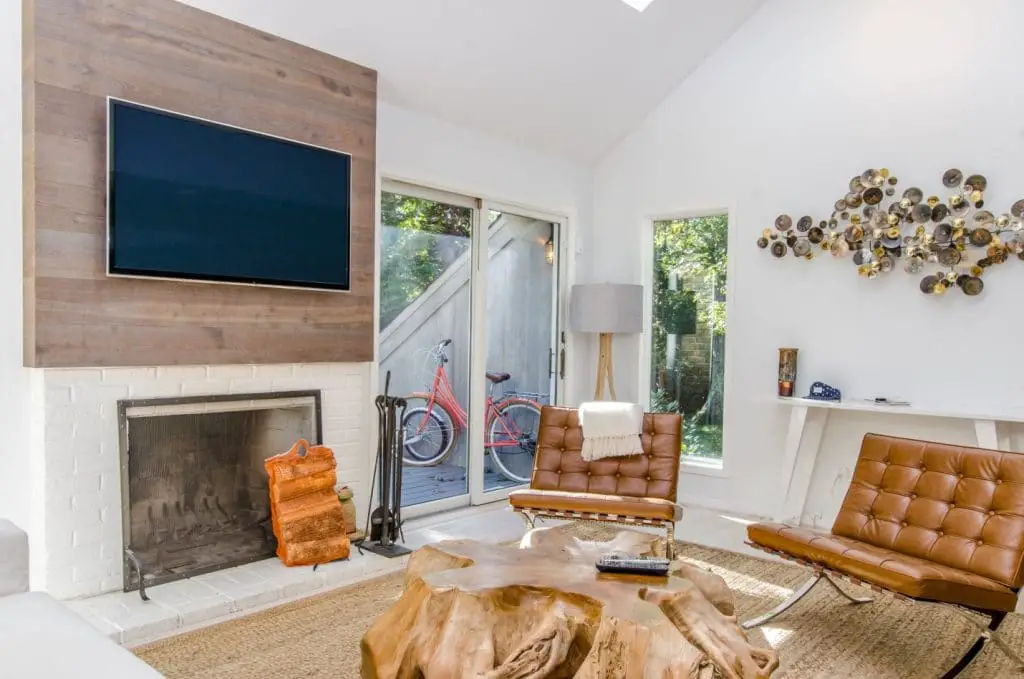When you decide to add a home theater to your home, you have two ways to do so. First, you can add it when the home is being built and have a dedicated place. Second, you can repurpose one of the existing rooms in your home to make it into the home theater. Your home theatre can either be built in a vacant room or made in the basement, assuming you have one. This blog will walk you through things that you need to consider when trying to build a home theater in your basement.
Designing your home theater is an exciting event, and you should make sure you remember this. It will be a place where you relax and consume your favorite content. You need to make sure you are comfortable and everything is working. While each home theater is unique, a few basic things need to be taken into account when designing it.
When designing your home theater, make sure you keep these things in mind:
The Wiring
If you are building your home theater from zero, ensure that you do not forget to deal with the wiring properly. For your home theater to work properly, the wiring needs to be done safely. Screen, outlets, monitors, speakers, and seating all come together to make the home theater a success.
Depending on how the lighting works, you need to decide if the wiring is going through the walls or if you will hide it under carpets or out of sight. When designing your home theatre, the first thing to do is map out how the place will be wired. Hire a professional to do this for you because the final design of everything depends on how the wiring has been laid down and installed.
The Lighting
For a home theater to fulfill its purpose, you need to make sure the lighting is on point. For a home theatre, natural light should be restricted as much as possible. No one wants light creeping in and ruining the entire mood and experience.
Basements usually have very few windows, to begin with, so you don’t have to worry about too much natural light coming in. To block the light that comes in, you can use blackout curtains. These can’t permanently block out the light that comes in through the windows because, like curtains, they can be pulled aside when you want. However, they are dark enough to block all light that might be coming in.
To replicate the cinema experience, you can install adjustable lights whose brightness can be turned up or down. You can either use smart bulbs to set the lighting to be as you want it to be, i.e., color, shade, brightness, or you can replace the light switch with a dimmer that you can twist to your liking.
The Seating
In your home theater, your seating is as important as the screen you have. Without a clear and comfortable way to watch your content, what even is the point of spending money on the rest of it. When designing a home theater for yourself, you have the luxury of choosing what the best seating is for you. You can decide how many cup holders you want, how wide the seats should be, and whether or not you are going to have tiered seating.
When planning your seating, you need to consider how many people will be coming in and how often they will be using the home theater. Each person has a different answer for this, depending on their usage. One word of advice would be to shop for seating early on because if you find the perfect seat, you can build the other things around it. You don’t want to design the home theater and then shop for seats because chances are you might not be able to fit it as you were initially planning on doing so.
The Screen
Saving the most important for last, your screen is the center of your entire home theater. Everything in your home theater is made or designed for you to look at the screen in front of you and have a good time. Regardless of what you watch, you want to make sure you see it at the right angle.
Your screen should be a point used to determine what the rest of the home theater will be like. Different types of screens have different design types that go along with them. For example, a projector will require more space. Moreover, it is usually installed overhead. If you want to install a high-quality TV screen, the design will be different to accommodate this.
Wiring, installation, screen shape and type, and price can all influence your decision. You need to decide what sort of home theater you want because the screen will be chosen depending on your required style. Choosing the right screen is very important and before you decide, make sure you have done as much research as you can. There are many different types of screens, each with its functions and design.
Final Thoughts
When you design a home theater in your basement, there isn’t much difference compared to making it in another room. However, there are a few things that need to be considered when designing it to make sure the experience of having a home theater is not spoiled.



